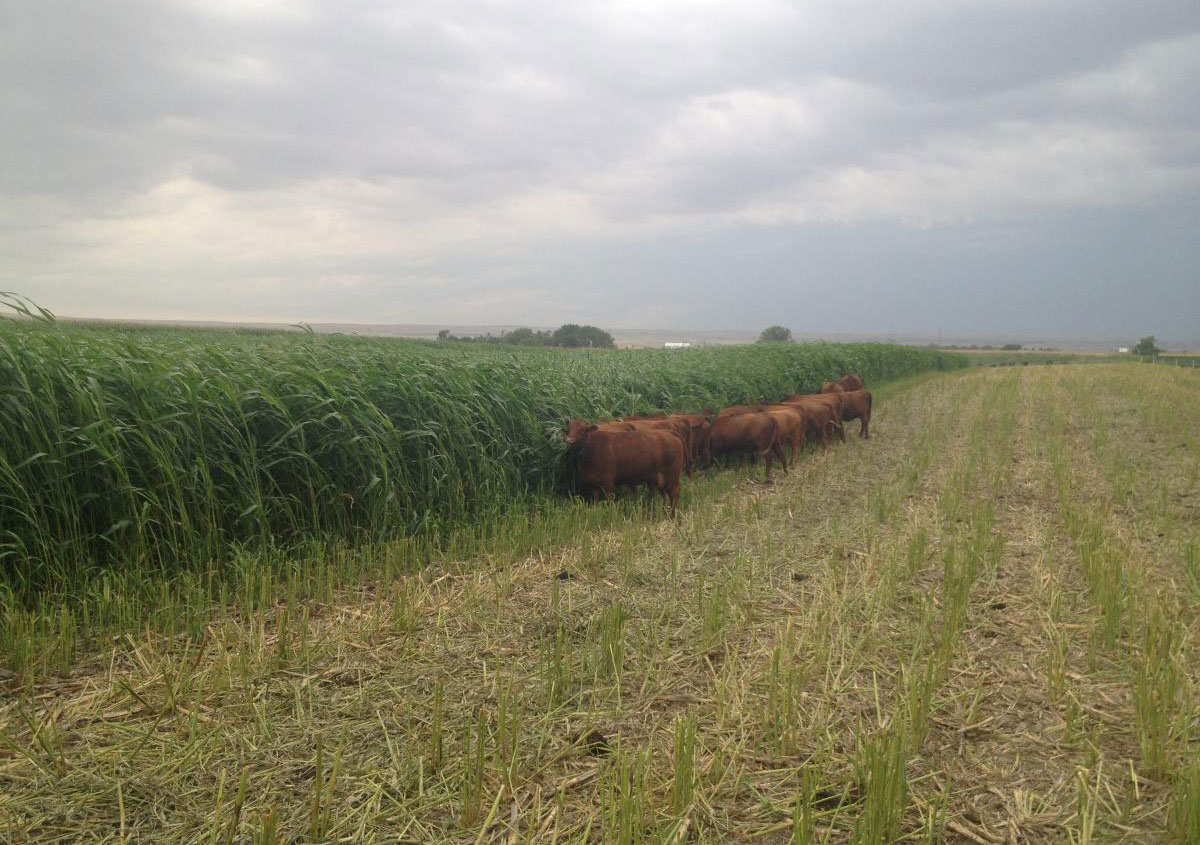When reports of the COVID-19 pandemic first hit the US, very few people had likely heard of coronaviruses—with some notable exceptions: cattle producers and their veterinarians.
It’s not that people involved with cattle health have any particular insight into the increasing human toll the novel coronavirus is inflicting. Rather, it’s a reflection that generations of cattle producers have recognized coronavirus as a significant cause of diarrhea in their young calves.
What’s the connection between the novel coronavirus (designated “SARS-CoV 2”) causing COVID-19 across the world and the “scours” germ cow-calf and dairy producers deal with? Except for the name, very little.
There are many different versions of human and animal coronaviruses throughout the world. Many animal caretakers have probably dealt with coronavirus infections for years without realizing it. Swine producers and their vets have fought Porcine Epidemic Diarrhea (PED) Virus and (historically) Transmissible Gastroenteritis (TGE) Virus. Companion animal veterinarians recognize Feline Infectious Peritonitis (FIP) Virus as a cause of illness in cats – all coronaviruses.
Considering the above list, it should be apparent that the vast majority of these coronaviruses stick to their own species. No human or cross-species illnesses have resulted from bovine coronaviruses, PED, TGE, or FIP.
This is due to the very specific molecular makeup of the “spikes” on the surface of each different coronavirus version. In order for coronaviruses to cause infection, these specific spike molecules need to attach to very specific molecules on a body cell, in a lock-and-key fashion. Pig cells have different surface molecules than do calf cells, than do human cells, and so on. Additionally, respiratory cells have different surface molecules than do intestinal cells. This explains why different coronavirus strains affect specific species and body systems.
It also explains the variability in the usefulness of different coronavirus vaccines (fair for bovine coronavirus, good for TGE, poor for PEDV) in animals. Additionally, it also highlights the fact that our current animal coronavirus vaccines have no utility for people in the face of the COVID-19 epidemic. Severe adverse reactions (due to the additives in these products) can result from people using animal vaccines for themselves.
Yet changes can occur to these viral molecules over time. A small shift in the molecular structure of the spike, and you may end up with a virus that can affect a different part of the body or different species.
In investigating where COVID-19 cases began, authorities have pointed the finger at a “wet market” in one Chinese city. Wet markets are fascinating places where people can buy supplies, food, and live animals. The variety and number of live animals for sale can be astounding: chickens, pigeons, bats, rodents, snakes, and more. Throw in thousands of human shoppers and you have a unique opportunity for viruses to “try out” infecting species besides their normal host. Sometimes – apparently in this case – it works.
There’s some historical precedence to fall back on here. Severe Acute Respiratory Syndrome (SARS) took the world by storm in the early 2000’s. With its likely origin in a bat, it looks like that coronavirus slowly circulated among people in wet markets before it became efficient at infecting people. MERS (Middle Eastern Respiratory Syndrome) emerged quite similarly more recently – with origins in bats and camels. Much more commonly, other circulating “normal” coronaviruses cause cold symptoms in people everywhere.
Could common animal coronaviruses (e.g., bovine coronavirus or PEDV) ever morph into viruses that make people sick? Despite our long history with these germs, it hasn’t happened yet. When PEDV splashed into the world of pork production in 2013, it wasn’t because of a change in the virus: it simply was moved from overseas to the US.
The current SARS-CoV 2 coronavirus hasn’t proven to be a virus that readily affects animals; those that have been identified have mostly been pets living in close contact with a COVID-19 positive patient. That’s generally good news for our animals, but precautions should still be taken to prevent exposure when a person sick with COVID-19 is in close contact with animals.
While we’ve learned a lot about COVID-19 since its emergence, we should continue to pay close attention, especially if evidence emerges that the virus is behaving in a different manner than we currently expect.


